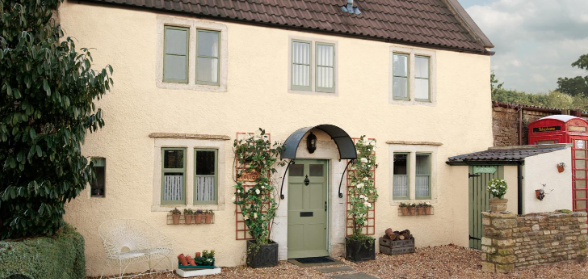There was a time when pebbledash was fashionable; today, many homes are rendered to create a modern and fresh appearance and improve insulation. There are many types of render available, so let’s take a closer look.
What is rendering?
Rendering means applying a protective and decorative layer to a property’s exterior walls. It is available in a variety of colours and types, allowing homeowners to choose which is most suitable for their property.
Planning permission is not usually needed for rendering, according to the Federation of Master Builders, although you will need to comply with building regulations. It is always best to seek advice; for example, if you are looking at rendering Bristol, consult a specialist such as https://www.apsltdbristol.co.uk/.
Benefits
In addition to improving the look of a house, rendering provides protection from the weather and increases insulation, making it more energy efficient and reducing bills.
Types of render
Lime render is the most traditional. It is a breathable material that is also flexible, meaning cracking is less likely. It has the added advantage of moisture evaporation, which makes it durable and less prone to frost damage.
Cement
Probably the most affordable option, cement gives a smooth finish but needs maintenance to prevent water damage and cracks.
Silicone and acrylic render
Silicone and acrylic render are more modern materials. They need less maintenance and provide more durability, as they are resistant to mould, fading, and cracking. Both are water-resistant and flexible, although acrylic is not breathable. Longer lasting and visually pleasing, they are more expensive than traditional materials but are a popular choice for modern homeowners.
Coloured render
For those who want to make a statement, coloured render comes in a wide choice of shades. While expensive, it does not require painting.




